Earlier this month, Ford debuted the refreshed (International-Market) 2015 Ranger Wildtrak as the flagship of the Ranger family, at least until the possible arrival of the Ranger Raptor. Besides its sporty appearance, unique interior, and go-anywhere capability, the new Ford Ranger Wildtrak also offers a significant amount of driver assistance features, including:
- Lane Keeping Alert and Lane Keeping Aid: work together to help to prevent the driver from unintentionally drifting out of a lane when driving at high speeds. If the forward-facing camera detects the vehicle is straying from its lane, Lane Keeping Alert warns the driver with a vibration in the steering wheel. If no action is taken to correct the drift, Lane Keeping Aid applies steering torque to guide the vehicle back into its lane.
- Adaptive Cruise Control: makes use of radar sensors to maintain both a preset speed as well as a preset distance from the vehicle ahead. When the system detects a vehicle ahead, it decelerates automatically to maintain a safe distance. The system then accelerates back to the driver’s preset cruising speed when the road ahead clears. Adaptive Cruise Control also features an adjustable speed limiter helps drivers avoid unintentionally exceeding their selected speed.
- Forward Alert: works in conjunction with Adaptive Cruise Control to give drivers a visual and audible warning when the gap to a vehicle ahead drops below a safe distance. The system also charges the brakes to ensure optimum braking performance
- Front And Rear Park Assist: uses sensors to detect obstacles and provide audible warnings when the vehicle approaches obstructions at low speeds, such as when parking.
- Rear-View Camera: displays a view of what’s behind the vehicle, giving greater confidence when parking and hitching up a trailer.
- Tire Pressure Monitoring System: helps drivers to stay safe and save fuel by alerting them when tire pressure is too low.
- Electronic Stability Program with Rollover Mitigation and Trailer Sway Control: helps keep the vehicle under control even in adverse conditions.
- Driver Impairment Monitor: uses the forward-facing camera and on-board sensors to detect if the driver is drowsy. If it notices signs such as drifting off course and sudden corrective steering inputs, the system warns the driver with gradually louder signals.
- Emergency Assistance: uses a Bluetooth-paired and connected phone to call local emergency services in the event of a serious collision in markets that it is available. The system communicates details of the accident and the vehicle’s location, and then opens the line to let you speak directly with responders.
Other smart technologies on the new Ranger include:
- Hill Launch Assist: helps you confidently start off from a slope, whether in forward or reverse
- Hill Descent Control: uses the traction control system to help you descend steep slopes at a constant speed
- Adaptive Load Control: adjusts the Electronic Stability Control system based on vehicle load
- Emergency Brake Assistance: provides additional pressure to the brake system to increase braking force when you apply the brakes quickly in an emergency situation
Ford notes that specific feature availability varies by market, and that these driver assistance technologies do not work in all conditions and are supplementary and do not replace driver judgment.

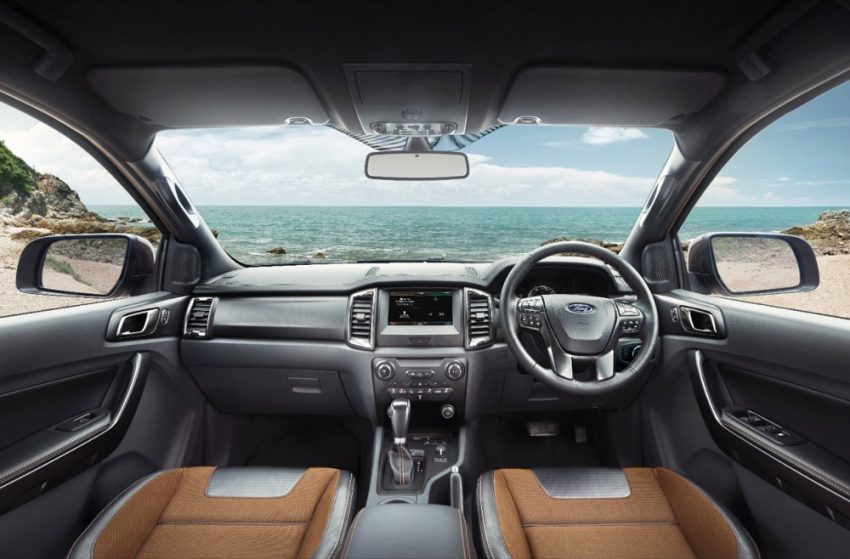













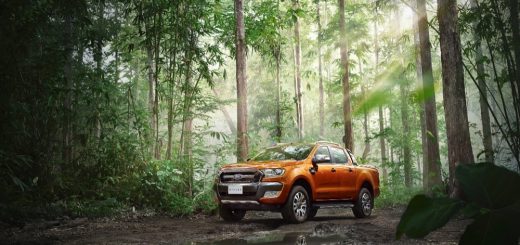
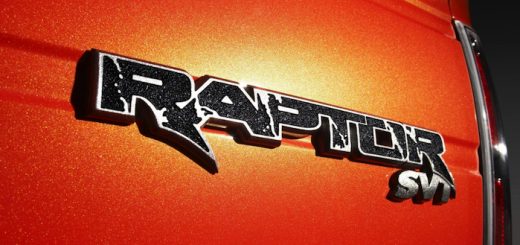
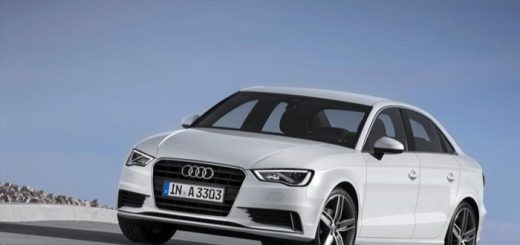
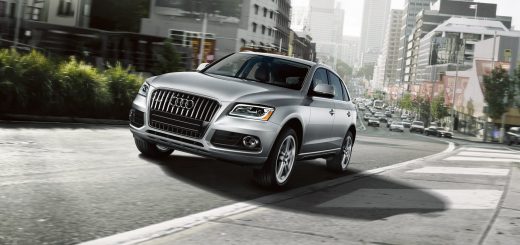








No Comments yet